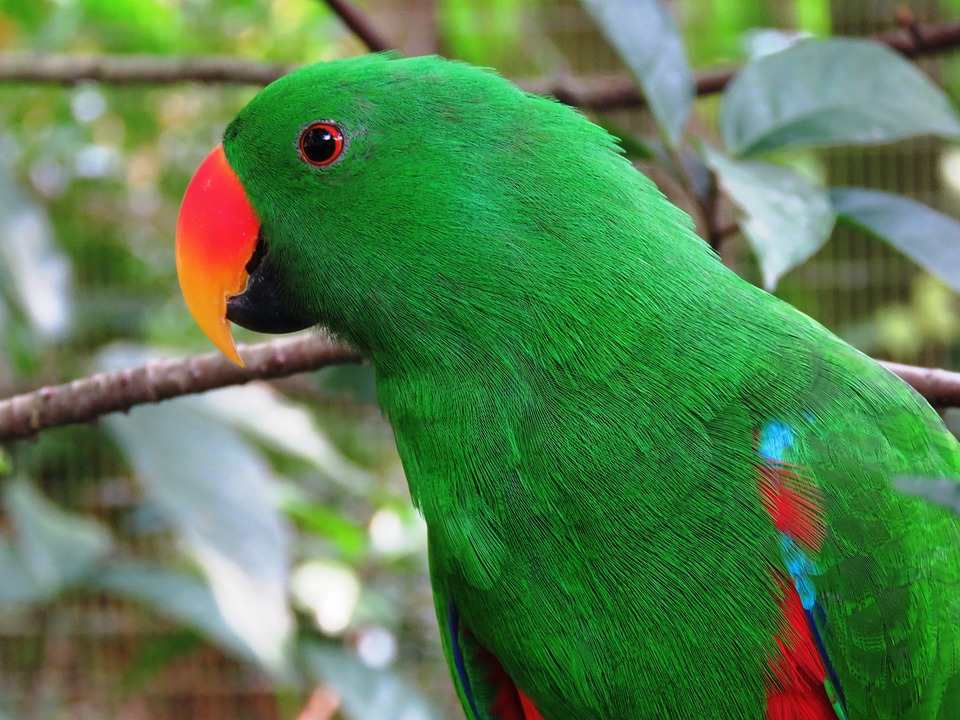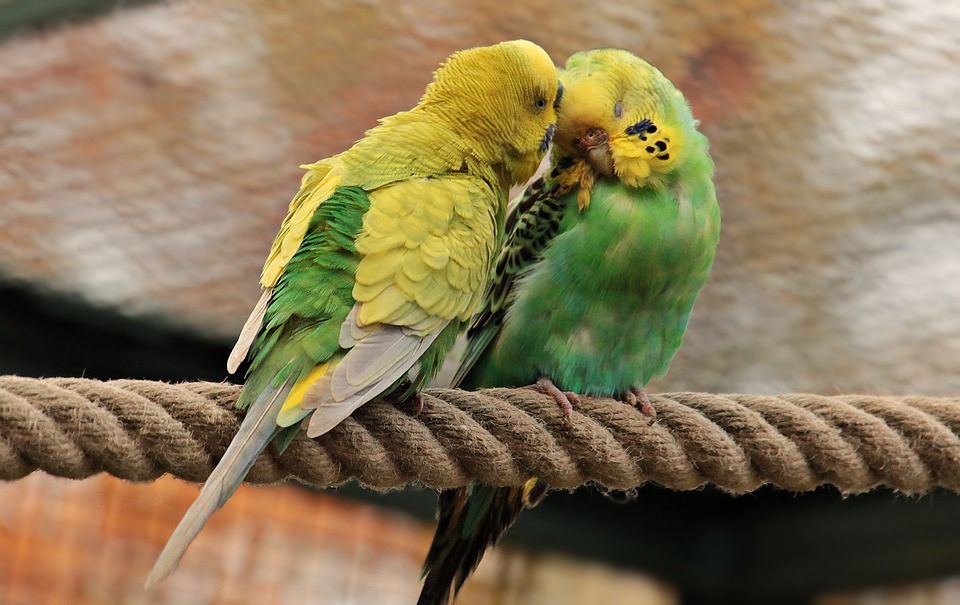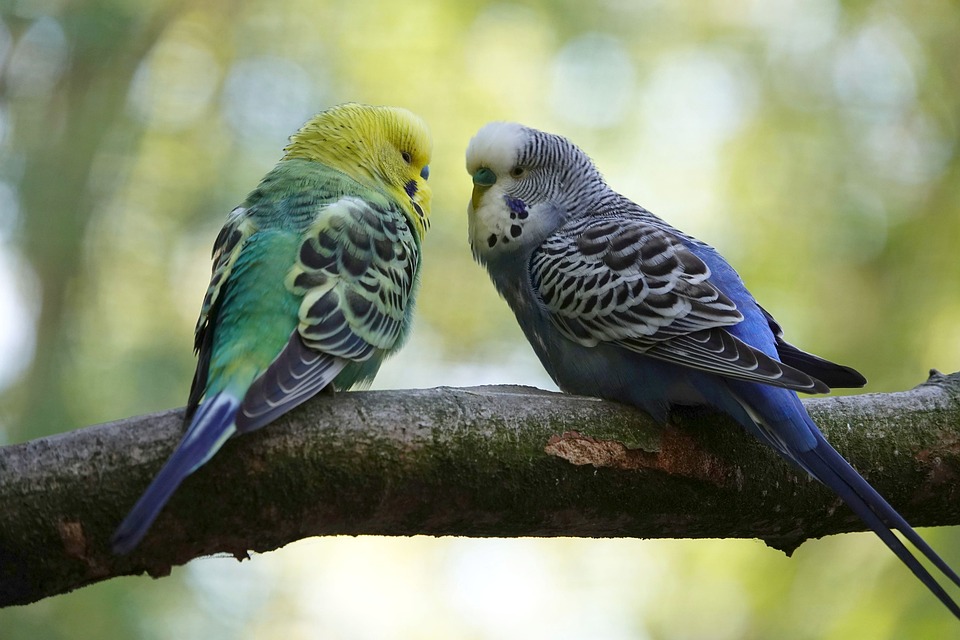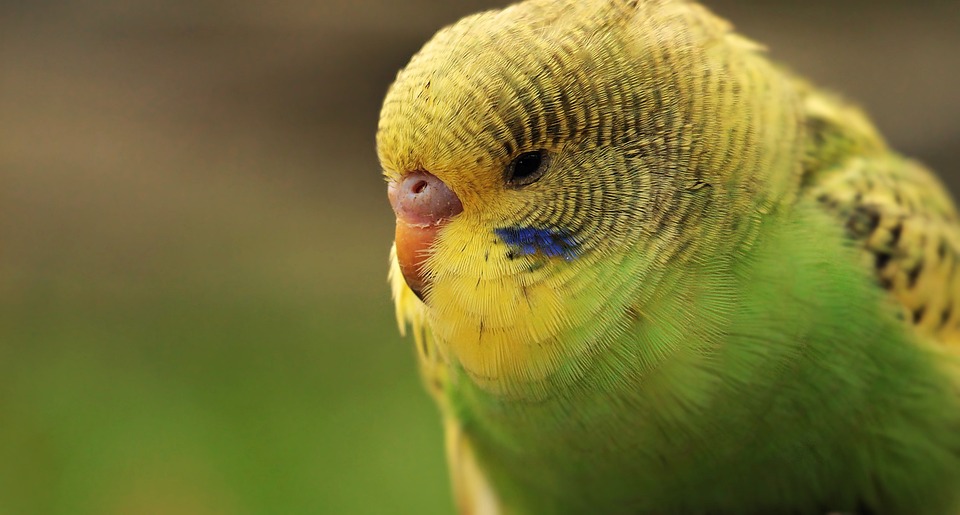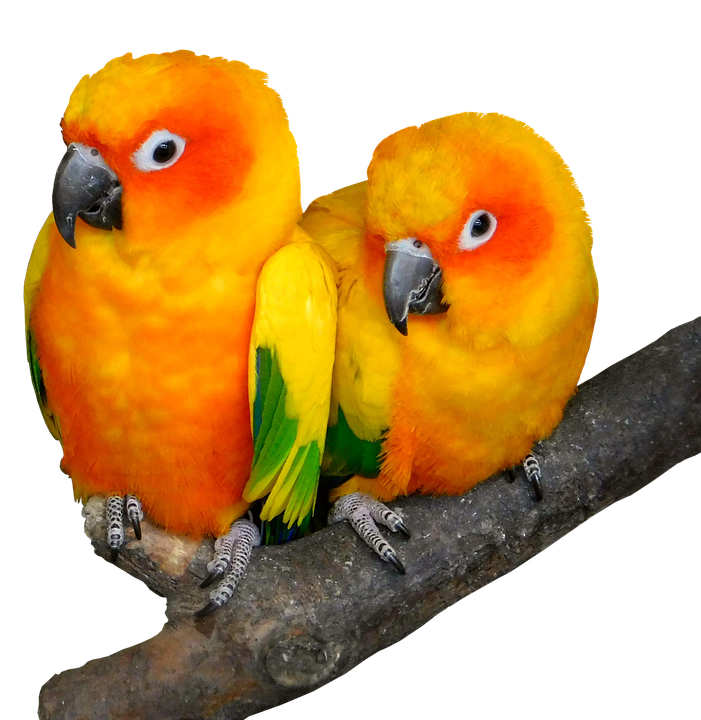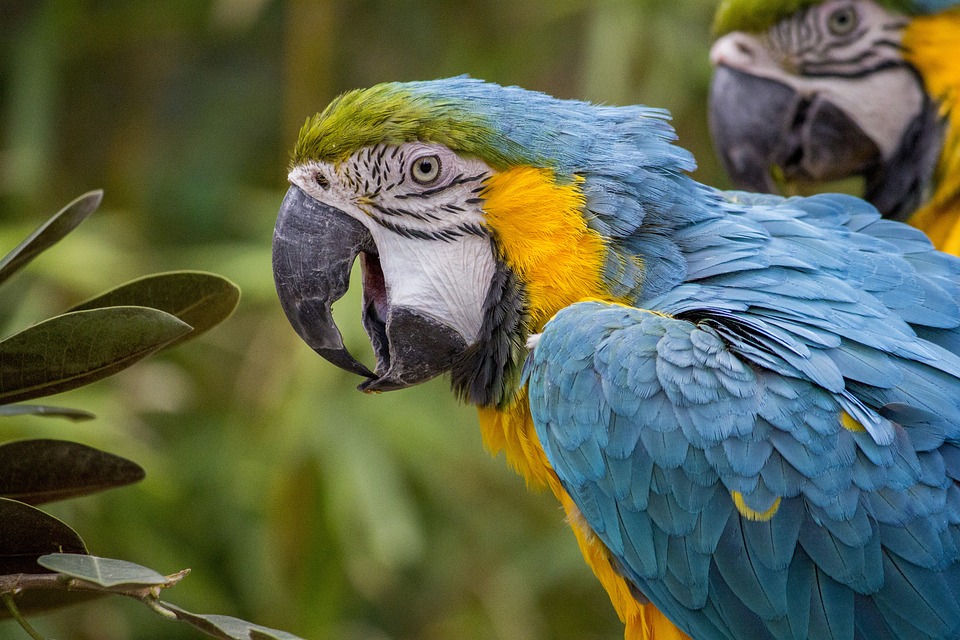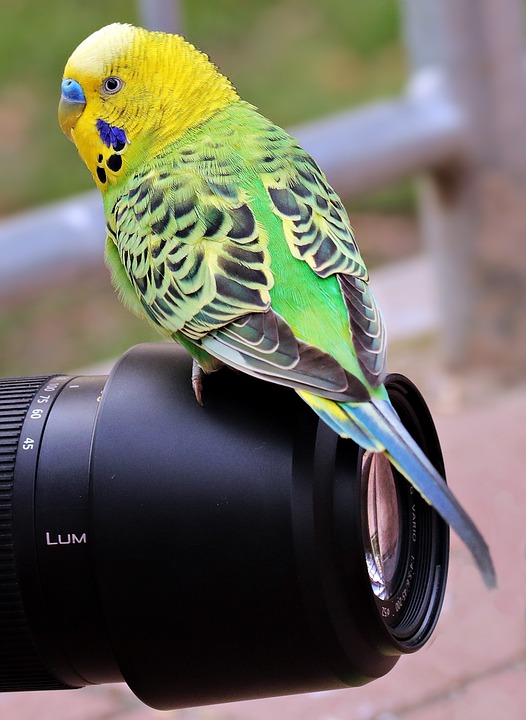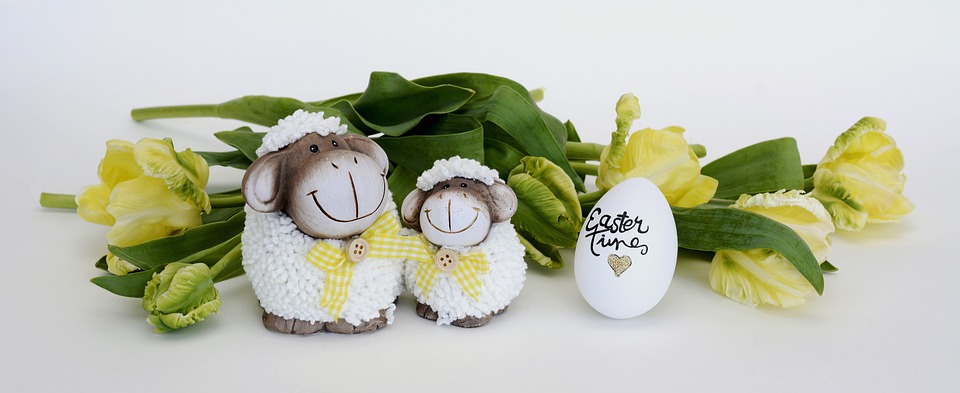Parrots are highly intelligent and social creatures that require mental and physical stimulation to thrive. One crucial aspect of their well-being is ensuring they have appropriate perches and swings in their living environment. In this article, we will delve into the significance of perches and swings for parrots, how they impact their behavior, and provide insights into creating a healthy and stimulating environment for your feathered friend.
Perches are a fundamental component of a parrot’s living space. They serve several important purposes that contribute to their overall well-being.
Firstly, perches mimic the natural environment of parrots. In the wild, parrots spend a significant amount of time perched on trees and branches. By providing perches in their cage or aviary, you create a familiar and comfortable environment for them. This helps reduce stress and anxiety, promoting a sense of security.
Additionally, perches promote exercise and foot health. Parrots’ feet are designed to grasp and manipulate objects of varying sizes and textures. Providing different types of perches mimics their natural environment and helps prevent foot problems such as arthritis or tendon damage. The variation in perch diameter also helps exercise their feet and prevent muscle atrophy.
Moreover, perches encourage natural behaviors. Parrots enjoy climbing, hopping, and exploring their surroundings. Having perches at different heights and angles allows them to engage in these activities, promoting physical and mental stimulation. It also satisfies their natural instinct to be high up, as they would be in the canopy of trees in the wild.
When choosing perches for your parrot, there are several factors to consider. Size and diameter are important as they should be appropriate for your parrot’s feet. Opt for perches that are wide enough to support their feet but not too wide that they can’t grip them properly. The material and texture of the perch are also crucial. Natural wood perches with varying textures provide the best options, as they resemble branches in the wild and offer different sensations for your parrot’s feet. Additionally, providing a variety of perch types, such as flat perches, rope perches, or natural branches, adds more interest and stimulation to their living space. Lastly, consider the placement and number of perches. It’s recommended to have multiple perches of different sizes and heights, allowing your parrot to exercise its feet and move around its living space comfortably.
Swings, on the other hand, provide additional benefits to a parrot’s well-being. They offer physical exercise, mental stimulation, and social interaction opportunities. Parrots enjoy the rhythmic motion and swinging action, which can alleviate boredom and promote a sense of security. Swings also provide a platform for play, encouraging your parrot to engage in activities that keep their minds sharp and entertained.
When selecting swings for your parrot, it’s important to prioritize safety. Ensure the swing is securely fastened and stable. Avoid swings with small parts that could pose a choking hazard, and regularly inspect it for any signs of wear or damage. The size and stability of the swing should be appropriate for your parrot’s size and weight. Additionally, choose swings made from safe materials that are non-toxic and easy to clean. There are various swing types and designs available, such as rope swings, wooden swings, or swings with bells or mirrors. Experiment with different options to see what your parrot enjoys the most. Finally, when incorporating swings into the environment, consider the space available in the cage or aviary. Avoid overcrowding and provide enough space for your parrot to move around comfortably.
In conclusion, understanding parrot behavior is essential for providing them with a fulfilling and enriched life. Perches and swings play a vital role in their well-being by mimicking their natural environment, promoting physical exercise, and offering mental stimulation. By selecting the right perches and swings and incorporating them thoughtfully into their living space, you can ensure your parrot remains happy, healthy, and engaged.

